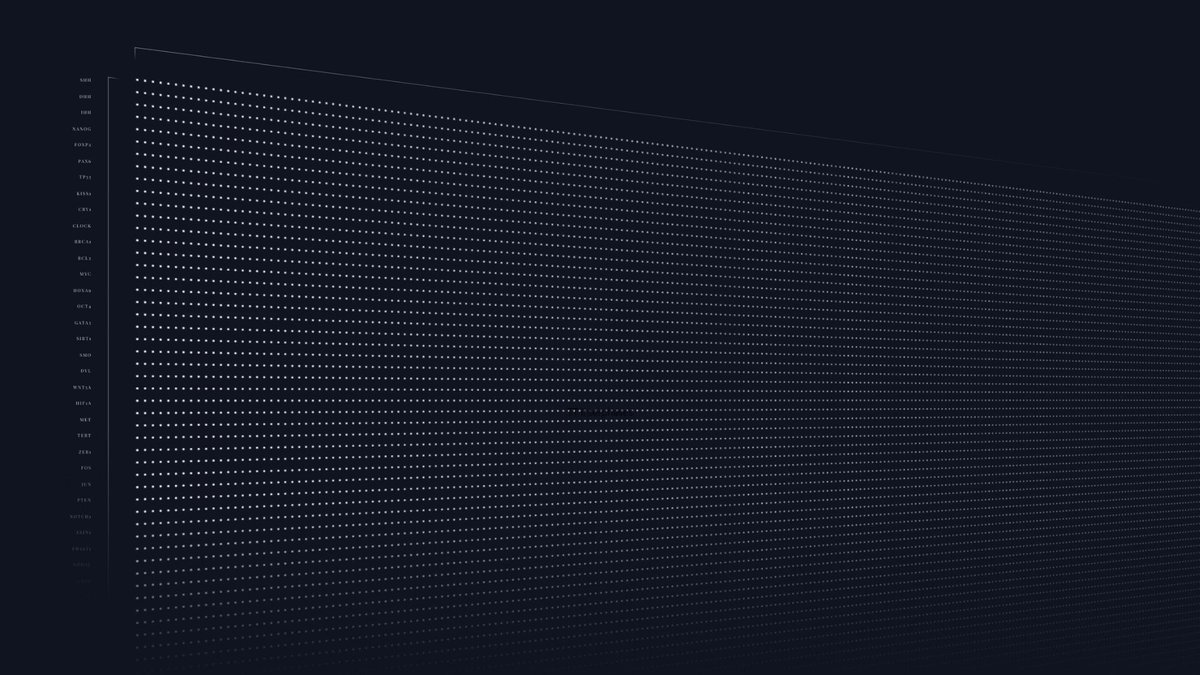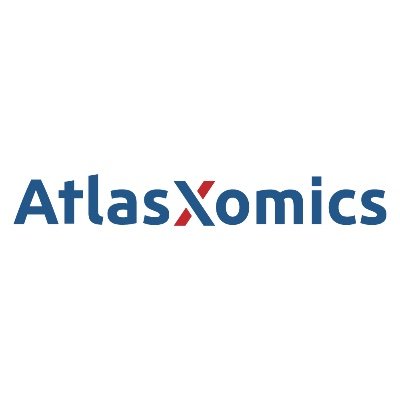
LatchBio
@LatchBio
Followers
4K
Following
1K
Media
108
Statuses
622
Data Infrastructure for Biology
San Francisco, CA
Joined July 2021
We just raised a $28 million Series A from Coatue and @Lux_Capital to build the AWS x GitHub for biocomputing. 1/N🔻 https://t.co/nXm3AwZw94
16
78
711
Large volumes of structured spatial data will help us discover new targets, mechanisms and drugs too difficult to reason about with unaided cognition. Releasing: (1) 25M curated cells - the largest open access spatial atlas to date - across 11 major vendors (2) a tiled AnnData
3
12
125
Computing x engineering biology is a playground for systems. Come join us for round three of the SF systems reading group with a focus on biotech. - Noam Teyssier (Arc Institute): BINSEQ: A Family of High Performance Binary Formats for Nucleotide Sequences - Aidan Abdullali
13
20
251
Data is the oil of modern biotech. New tools allow us to model living systems too complex for unaided human cognition. Latch is releasing a new capabilities in data curation + delivery: - 30M observational cell atlas across 150 diseases, 200 tissues, 27 technologies - a
1
13
41
Spatial biology is the most powerful + data intensive tool in biotech history but ~1TB outputs and fragmented tools make analysis difficult. We built a H5 viewer using AnnData, PMTiles + DuckDB that renders millions of cells, transcripts and tiled high content images in the
2
3
35
The single-cell market now includes 61 commercial kits from 17 companies! Hannah Le just mapped the entire single-cell universe, categorized by: - isolation method - chemistry (3’, 5’, full-length) - throughput (hundreds → 5M cells/run) - multi-omics capabilities - FFPE support
1
5
33
Thanks to our partnership with @LatchBio, our customers will have a compliant, secure, and intuitive UI where they can easily use our models, both out of the box and fine-tuned for additional indications and drug modalities.
1
4
31
Today we're excited to launch Valinor Discovery!
37
27
284
Releasing a database covering 14 spatial proteomic methods: exploring the technology tree, history + comparing each by throughput, panel flexibility, tissue type, scan area, cost. To understand where a field is moving, study the details of data generation:
1
8
69
Spatial biology has been exploding—and keeping track of the key players and technologies gets complicated. To simplify things, we're presenting a comprehensive map of the 20 companies and 42 products defining spatial biology today. We’ve categorized each product by Imaging or
0
1
13
Imaging-based spatial RNA assays are among the most powerful molecular yardsticks in biotech history. We are in early days: new methods coming online, categories developing, technology refining. Study and know thy tools. Absorb ideas across microscopy, in-situ chemistry, error
2
5
78
I spent the past ~4 weeks deep diving into all spatial profiling technologies. The landscape is incredibly fascinating. From a few foundational technologies in the 2010s, we now have more than 20 companies + 41 commercial product offerings today. To help navigate the landscape,
1
6
24
The spatial biology ecosystem is exploding but the landscape is pretty complex. We're releasing a database organizing assays + products. And kicking off a series investigating different branches of the technology tree, starting with sequencing-based transcription:
1
14
120
New single cell tech from Lithuania is expanding into the US. Instead of droplets + microfluidics, Atrandi provides semi-permeable capsules that allow reagents to flow in and out over multi step workflows. Opens the door for single cell multi-omics, functional screens and even
3
19
152
Thrilled to announce and lead Atrandi Bio’s $25M Series A, unlocking true single-cell omics through their semi-permeable capsule (SPC) technology—a breakthrough emerging from Lithuania.
4
9
114
Most code in biology will run on GPUs over the next decade. Bioinformatics workflows, protein engineering models, virtual cells. Excited to partner with @nvidia @NVIDIAHealth to write new tools + consolidate access to existing models / hardware to biotechs across the industry
10
34
415
AtlasXomics is thrilled to see our collaborators at @LatchBio accelerate peak calling with a GPU-based MACS rewrite—achieving roughly 15X faster performance! This breakthrough significantly speeds up single-cell and spatial assays, enabling quicker epigenetic insights and
Peak calling is important for epigenetics analysis but current tools aren't keeping pace with data generation We're releasing a GPU implementation with ~15X speed up on industry workloads A breakdown of the algorithm steps + benchmarks (1\N):
0
4
10
Peak calling is important for epigenetics analysis but current tools aren't keeping pace with data generation We're releasing a GPU implementation with ~15X speed up on industry workloads A breakdown of the algorithm steps + benchmarks (1\N):
2
12
56
Thrilled to announce the Curio x Latch partnership on Jan 23, 2025 at 10 am PST! Join Curio’s brilliant team—Alecks Kutchma, Bertrand Yeung, and Latch’s own Bronte Kolar—to explore the new Bioinformatics Cloud Portal and how to transition DNAnexus analyses to Latch with zero
1
1
16
What happens when single-cell becomes cheaper, faster and easier? More scientists can access it, existing applications become more powerful and new types of experiments become possible. Innovation in workhorse molecular assays is a necessary lever for progress in biotech.
4
41
240
Curio Trekker and Curio Seeker kits represent some of the most advanced spatial omics technologies out there. We've been following their work for years. Now, Curio Biosciences just announced their new Bioinformatics Portal, powered by LatchBio! This is a huge milestone, months
We are excited to announce the new Curio Bioscience Bioinformatics Portal for cloud-based data processing! Learn: ➡️How to efficiently process your Curio Trekker and Seeker datasets ➡️How to visualize and explore spatial transcriptomics results Register: https://t.co/sd8NUlpXTN
0
4
6




























